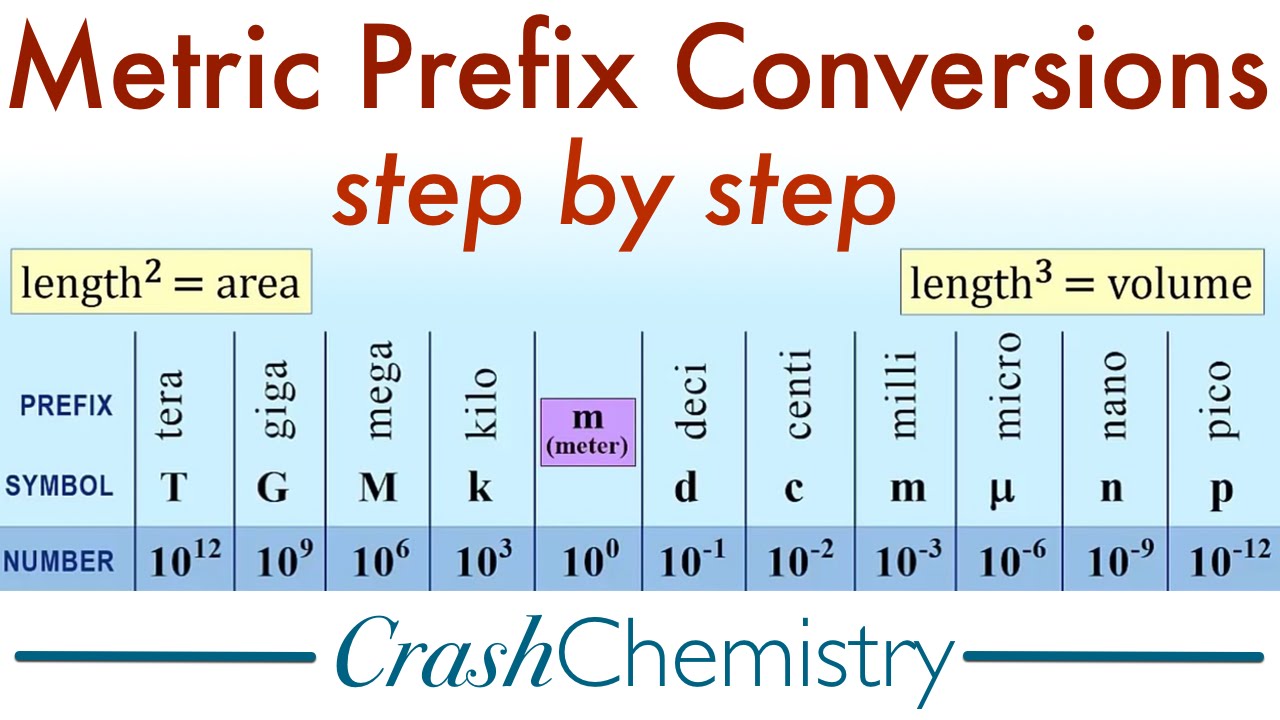
Pico measurement, the art of measuring infinitesimally small quantities, opens a gateway to a realm where precision and accuracy reign supreme. This meticulous practice, employed in diverse fields, empowers scientists and engineers to delve into the intricate details of the universe.
Pico measurements, often expressed in trillionths of a unit, find applications in fields ranging from quantum physics to biomedical engineering. The techniques and instrumentation employed in this realm are as varied as the applications themselves, each offering unique advantages and challenges.
Pico Measurement Definition

Pico measurement is a technique used to measure extremely small values of physical quantities, typically in the picosecond (ps) or picofarad (pF) range. It is widely used in various scientific and engineering fields to study and characterize high-speed phenomena and materials at the nanoscale.
Pico Measurement Techniques
Pico measurement techniques involve specialized instrumentation and methods to accurately capture and analyze signals in the picosecond range. These techniques include:
- Time-domain reflectometry (TDR)
- Picosecond laser spectroscopy
- Sampling oscilloscopes
Pico Measurement Instrumentation
Pico measurement instrumentation includes high-speed oscilloscopes, pulse generators, and other specialized devices designed to capture and analyze picosecond signals. These instruments typically offer features such as:
- Wide bandwidth
- High sampling rates
- Low noise
Applications of Pico Measurement
Pico measurement has a wide range of applications in various fields, including:
- Electronics: Characterizing high-speed electronic circuits and devices
- Telecommunications: Measuring signal integrity and jitter in optical fiber networks
- Materials science: Studying the electrical and optical properties of nanomaterials
Pico Measurement Standards
Industry standards and regulations play a crucial role in ensuring the accuracy and reliability of pico measurements. These standards include:
- IEEE 1451.2
- IEC 61000-4-10
Challenges in Pico Measurement
Pico measurement poses several challenges, including:
- Noise and interference
- Signal distortion
- Calibration and accuracy
Future of Pico Measurement
Advancements in pico measurement technology are driven by the increasing demand for high-speed electronics and the miniaturization of devices. These advancements include:
- Improved instrumentation
- Novel measurement techniques
- Applications in emerging fields
Epilogue

As technology continues to advance, pico measurement techniques will undoubtedly evolve, pushing the boundaries of what is possible. The future holds exciting prospects for this field, with advancements poised to revolutionize industries and deepen our understanding of the world around us.
Commonly Asked Questions: Pico Measurement
What is the significance of pico measurements?
Pico measurements enable the precise characterization and manipulation of minute quantities, providing valuable insights into the behavior of materials and systems at the nanoscale.
What are the challenges associated with pico measurements?
Pico measurements present challenges due to the extremely small signals involved, requiring specialized instrumentation and techniques to minimize noise and ensure accuracy.
How is pico measurement used in different fields?
Pico measurement finds applications in diverse fields such as electronics, photonics, materials science, and biotechnology, enabling the development of advanced technologies and medical breakthroughs.